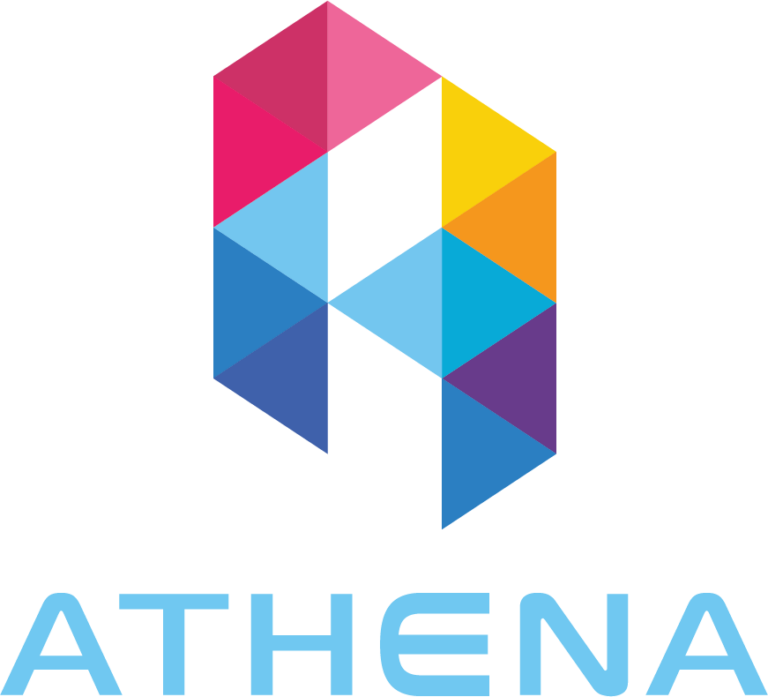API Integrations in Trading Platforms: Enhancing Functionality and User Experience
In the competitive landscape of trading, platforms must deliver more than just basic functionality—they need to be dynamic, customizable, and responsive to evolving user needs. Application Programming Interfaces (APIs) play a pivotal role in achieving this by enabling seamless integration of third-party tools and enhancing overall user experience.
What Are APIs in Trading Platforms?
APIs are software interfaces that allow different applications to communicate with each other. In the context of trading platforms, APIs enable the integration of external tools, data feeds, and functionalities, creating a customizable and scalable ecosystem for traders.
Types of APIs Commonly Used in Trading Platforms:
- Trading APIs: Facilitate order execution and portfolio management.
- Market Data APIs: Provide real-time and historical market data.
- Account Management APIs: Enable fund transfers, account updates, and transaction tracking.
- Analytics APIs: Deliver insights through advanced metrics and visualization tools.
1. Enhancing Trading Efficiency
APIs streamline trading by allowing users to automate tasks, connect with external systems, and access real-time data. This efficiency is particularly valuable for high-frequency and algorithmic traders who rely on speed and precision.
Key Benefits for Traders:
- Automated Trading: Execute trades based on pre-defined algorithms without manual intervention.
- Real-Time Market Updates: Ensure access to the latest data for timely decision-making.
- Custom Alerts and Notifications: Set up personalized alerts for price movements or news events.
Example: A trader uses a Trading API to integrate their platform with a custom algorithm that executes trades based on technical indicators, reducing latency and improving outcomes.
2. Personalization Through Custom Integrations
APIs enable traders to tailor their trading environments according to their strategies and preferences. From integrating custom dashboards to connecting external analytics tools, the possibilities for personalization are endless.
Popular Personalization Options:
- Custom Charting Tools: Incorporate third-party charting software for advanced technical analysis.
- Portfolio Trackers: Sync accounts across multiple platforms for consolidated management.
- News Feeds: Add curated financial news to stay informed about market trends.
Example: A platform integrates with a news API to deliver sentiment analysis reports directly to the user’s dashboard.
3. Expanding Market Access
APIs facilitate access to a wide range of financial instruments and global markets, making it easier for traders to diversify their portfolios. By connecting to multiple exchanges and liquidity providers, platforms can offer competitive pricing and enhanced liquidity.
Expanded Market Capabilities Through APIs:
- Cross-Market Trading: Access Forex, crypto, commodities, and equities from a single interface.
- Multi-Exchange Connectivity: Trade on global exchanges without switching platforms.
- Direct Market Access (DMA): Execute orders directly on an exchange for faster trade execution.
Example: A Market Data API connects a trader to live price feeds from multiple exchanges, enabling informed decision-making across diverse asset classes.
4. Supporting Risk Management and Compliance
APIs enhance risk management by integrating tools that monitor market conditions, enforce trading limits, and analyze portfolio exposure. Additionally, compliance APIs ensure platforms adhere to regulatory requirements.
Risk Management Enhancements:
- Stop-Loss and Take-Profit Automation: Prevent excessive losses and lock in gains.
- Margin Monitoring: Alert traders to margin requirements and risk exposure.
- Regulatory Reporting Tools: Automate compliance with local and global regulations.
Example: An API integration allows a trading platform to notify users when their portfolio exceeds a predefined risk threshold.
5. Driving Innovation and User Engagement
APIs empower trading platforms to stay ahead of the curve by integrating cutting-edge technologies like AI, machine learning, and blockchain. These advancements not only enhance functionality but also keep users engaged with innovative features.
Innovative API-Driven Features:
- AI-Powered Insights: Leverage predictive analytics for smarter trading strategies.
- Blockchain Integration: Enable transparent and secure trading on decentralized exchanges.
- Gamified Trading: Introduce interactive elements to make trading more engaging.
Example: A platform uses an AI API to provide real-time trading recommendations based on user behavior and market patterns.
Challenges of API Integration
While APIs offer numerous benefits, integrating them into trading platforms requires careful planning and execution. Potential challenges include:
- Security Concerns: APIs must be designed with strong encryption and authentication measures.
- Data Overload: Managing large volumes of data from multiple APIs can strain system resources.
- Compatibility Issues: Ensuring seamless integration with existing systems can be complex.
By addressing these challenges proactively, platforms can maximize the value of API integrations.


